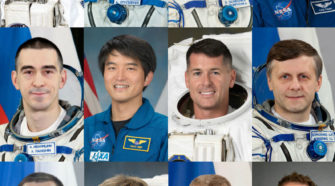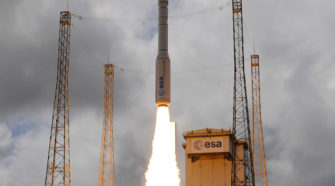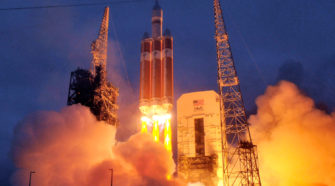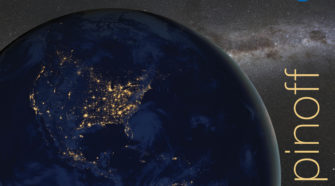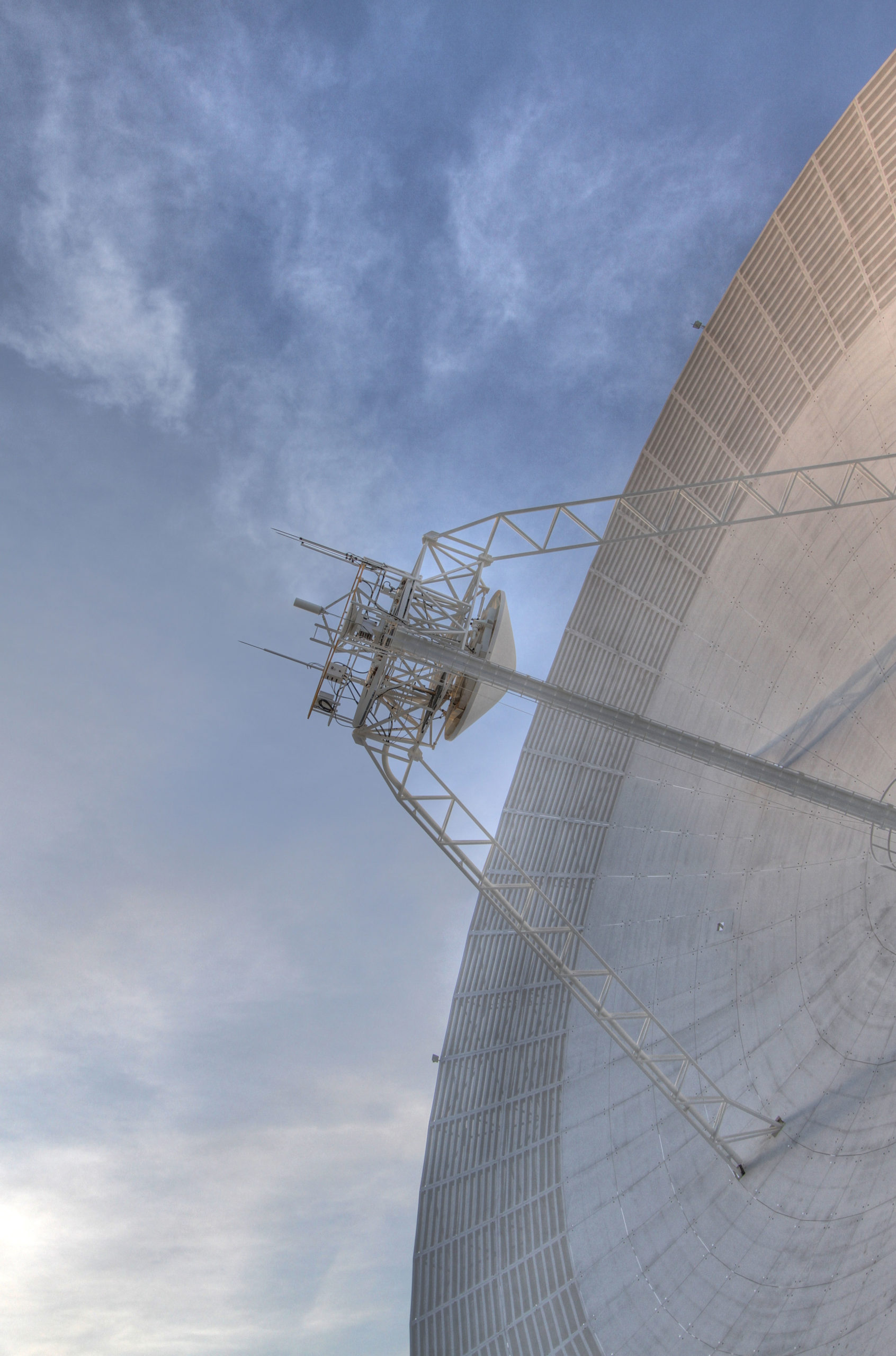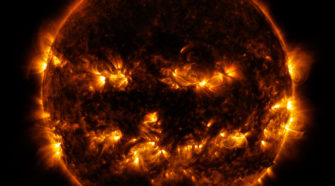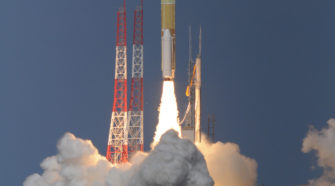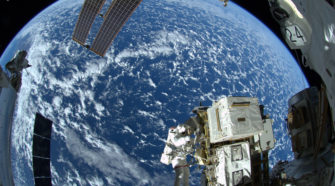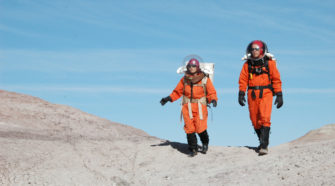Crews named for future ISS missions
NASA and its International Space Station partners have announced the crew members for three upcoming missions to the space station during 2016 and 2017. Expedition 48: Jeff Williams, NASA Alexey Ovchinin, Roscosmos Oleg Skripochka, Roscosmos Kate Rubins, NASA Anatoly Ivanishin, Roscosmos Takuya Onishi, JAXA Expedition 49: Anatoly Ivanishin, Roscosmos Kate Rubins, NASA Takuya Onishi, JAXA …
ESA experimental IXV spaceplane completes research flight
An experimental vehicle to develop an autonomous European reentry capability has completed its mission. ESA’s Intermediate eXperimental Vehicle flew a flawless reentry and splashed down in the Pacific Ocean just west of the Galapagos islands. The IXV spaceplane lifted off at 13:40 GMT (10:40 local time) on 11 February from Europe’s Spaceport in Kourou, French …
Orion spacecraft performs nearly flawlessly on first test flight
NASA marked a major milestone on its journey to Mars as the Orion spacecraft completed its first voyage to space on Dec. 5, 2014, traveling farther than any spacecraft designed for astronauts has been in more than 40 years. Orion blazed into the morning sky at 7:05 a.m. EST, lifting off from Space Launch Complex …
NASA Spinoff 2015: There’s more space in your life than you think
NASA technologies are being used to locate underground water in some of the driest places on the Earth, build quieter and more fuel-efficient airplanes, and create shock absorbers that brace buildings in earthquakes. The 2015 edition of NASA’s annual Spinoff publication highlights these and other technologies whose origins lie in space exploration, but now have …
Eight essential facts about NASA’s Deep Space Network
1) As the World Turns: The DSN is Earth’s only global spacecraft communication network The Deep Space Network has three facilities – at Goldstone, Calif.; near Madrid, Spain; and Canberra, Australia, all with multiple parabolic dish antennas, including one dish each that is 230 feet (70 meters) across. Located about 120 degrees apart around Earth, the …
Rosetta: First mission to orbit and land on a comet
Rosetta is the first mission designed to orbit and land on a comet. It consists of an orbiter, carrying 11 science experiments, and a lander, called ‘Philae’, carrying 10 additional instruments, for the most detailed study of a comet ever attempted. Rosetta gets its name from the famous Rosetta stone that led to the deciphering …
SDO images ‘jack-o’-lantern’ Sun
Active regions on the sun combined to look something like a jack-o-lantern’s face on Oct. 8, 2014. The active regions appear brighter because those are areas that emit more light and energy — markers of an intense and complex set of magnetic fields hovering in the sun’s atmosphere, the corona. This image blends together two …
JAXA launches Himawari-8 weather satellite
Mitsubishi Heavy Industries, Ltd. and the Japan Aerospace Exploration Agency (JAXA) launched the H-IIA Launch Vehicle No. 25 (H-IIA F25) with the Geostationary Meteorological Satellite “Himawari-8” onboard at 2:16:00 p.m. on October 7, 2014 (Japan Standard Time, JST) from the Tanegashima Space Center. The launch vehicle flew as planned, and, at about 27 minutes and …
Astronaut Reid Wiseman on the first spacewalk of Expedition 41
On Oct. 7, NASA astronaut Reid Wiseman (pictured here) and European Space Agency astronaut Alexander Gerst completed the first of three spacewalks for the Expedition 41 crew aboard the International Space Station. The spacewalkers worked outside the space station’s Quest airlock for 6 hours and 13 minutes, relocating a failed cooling pump to external stowage …
Epic tale of ‘Man vs. the Universe’ airing on the Science Channel
Mankind has long been at the mercy of the cosmos – subject to the often violent happenings of the boundless universe that exists beyond the confines of Earth’s atmosphere. But today humans are taking huge steps to claim space for their own design, evolution and survival in what is becoming a new race for space. …

